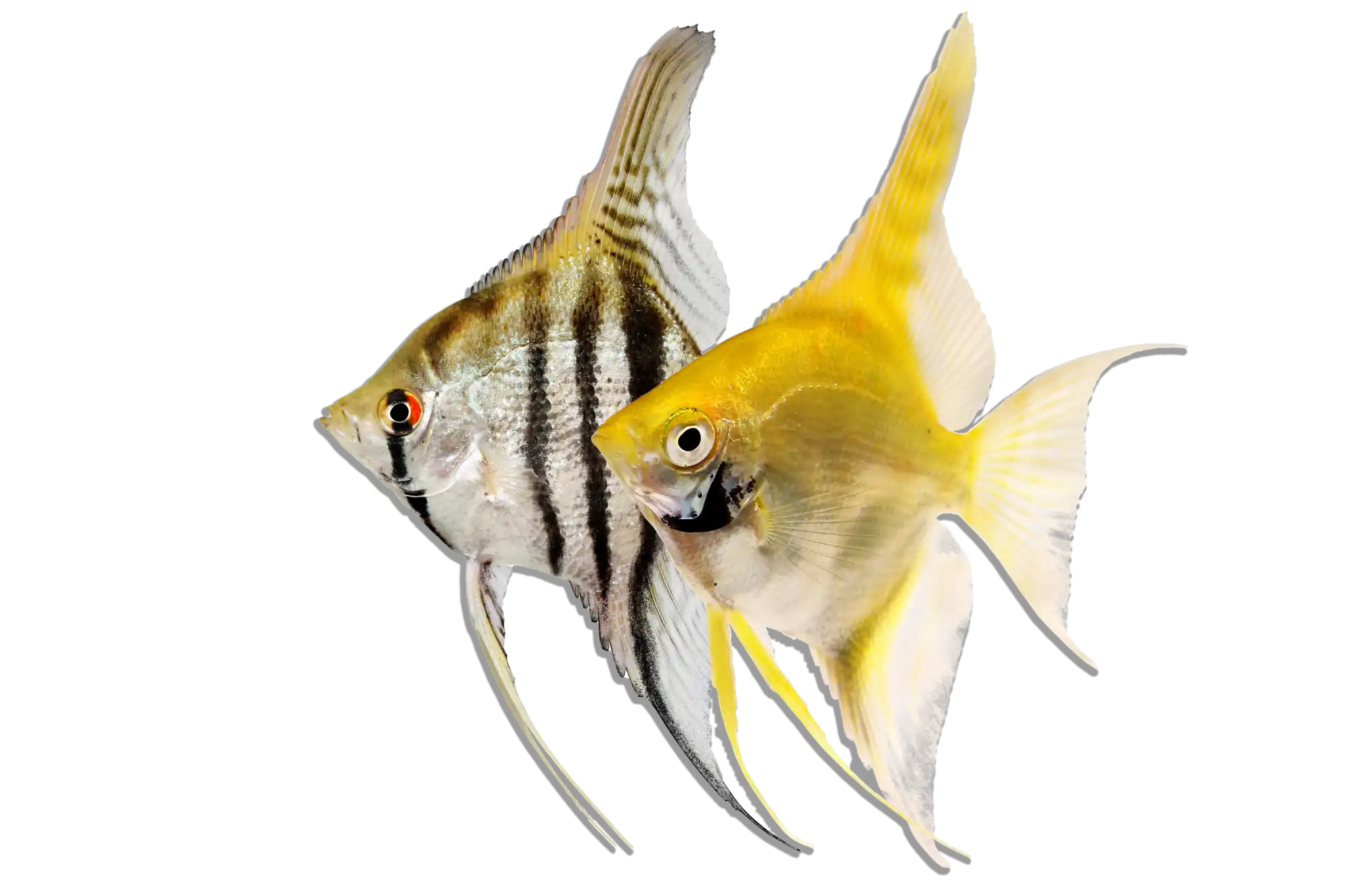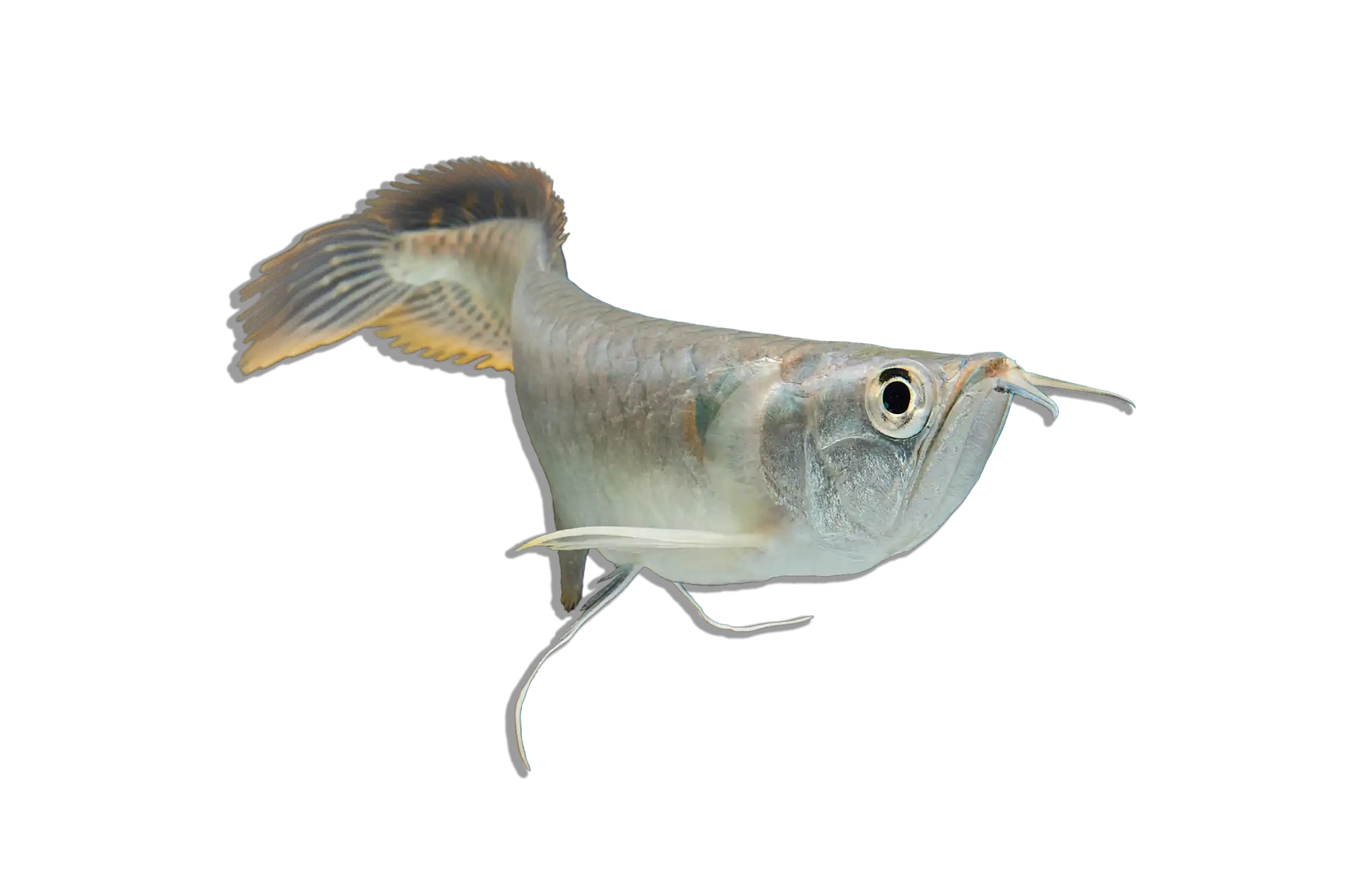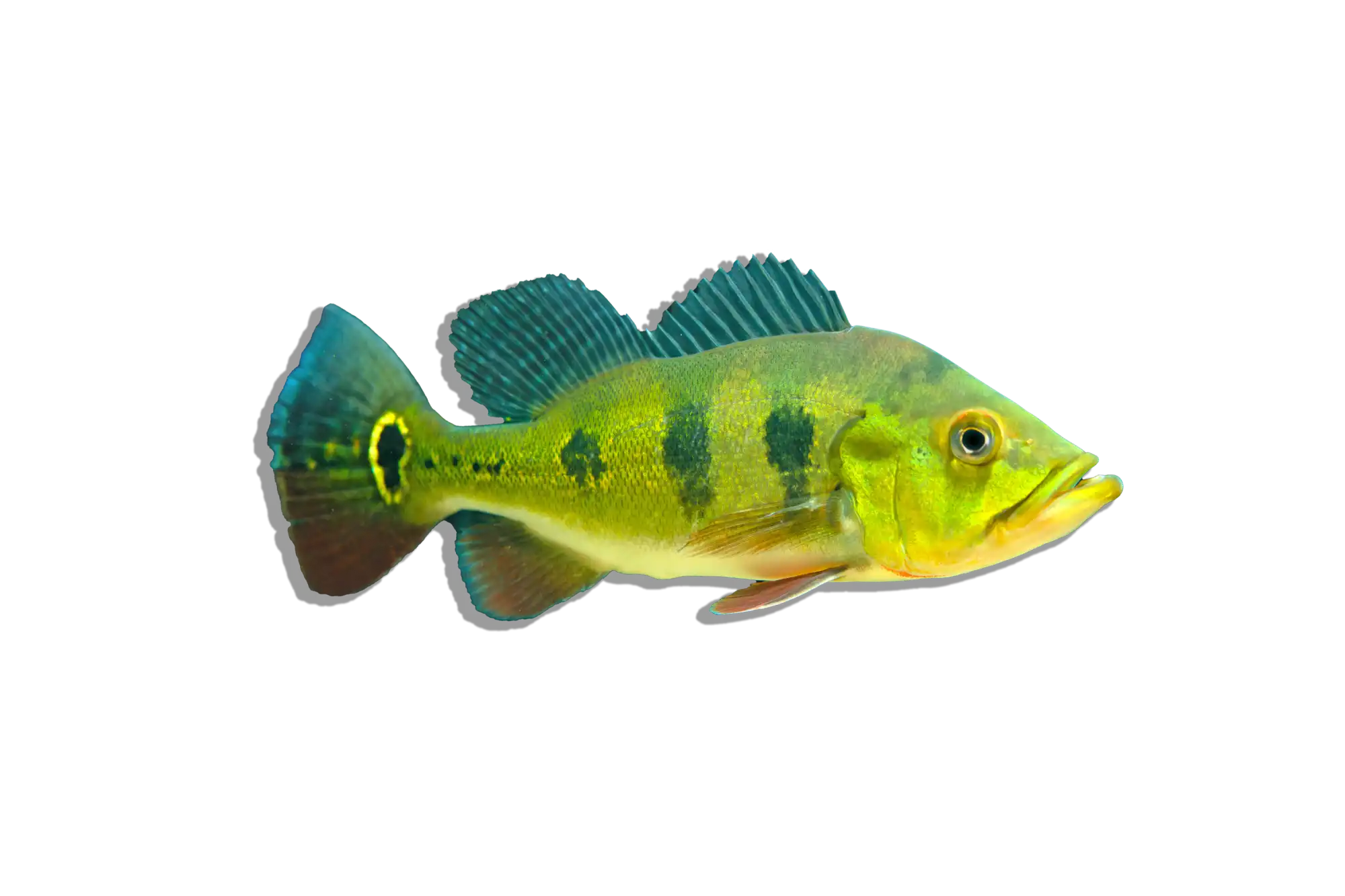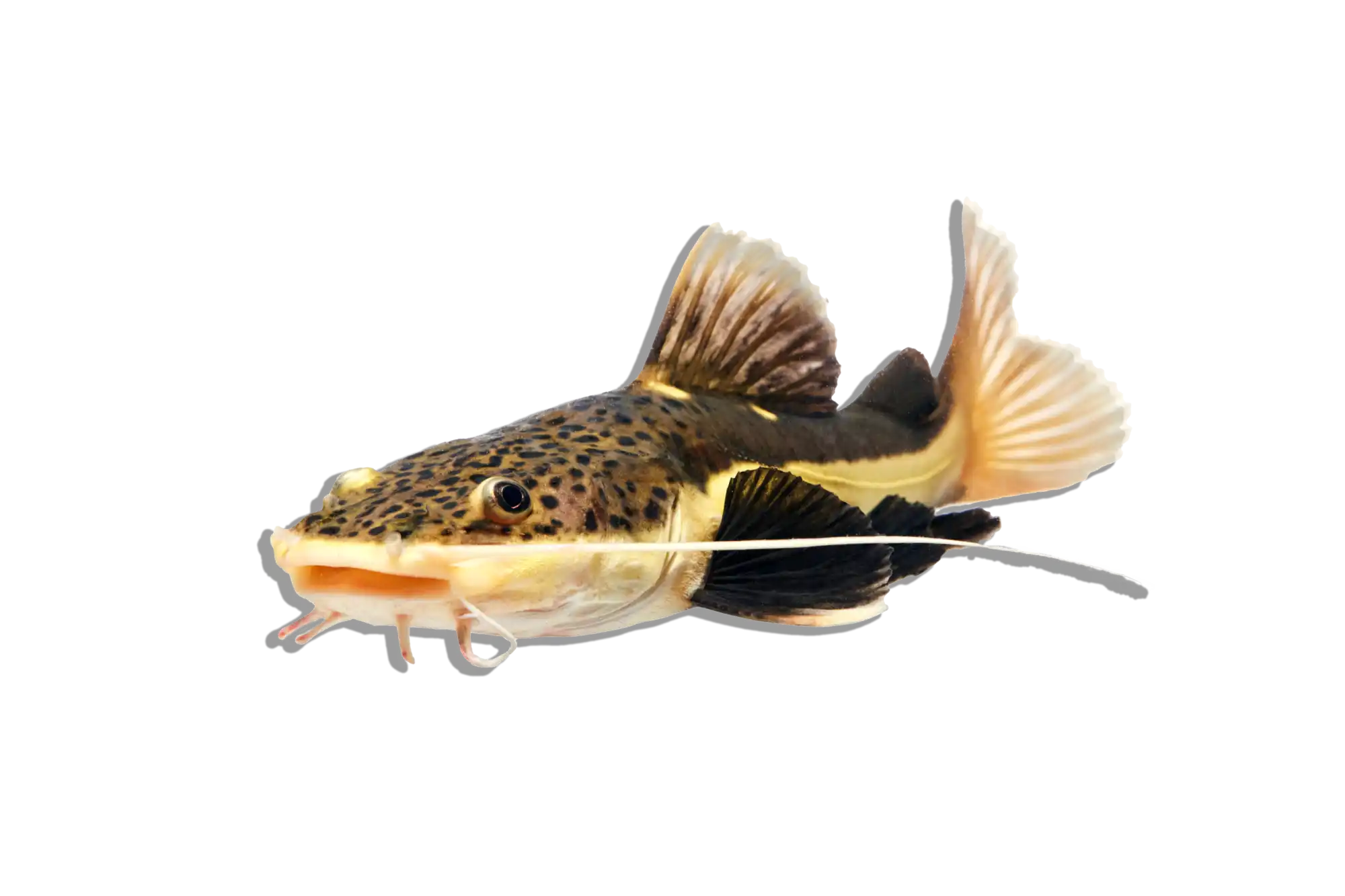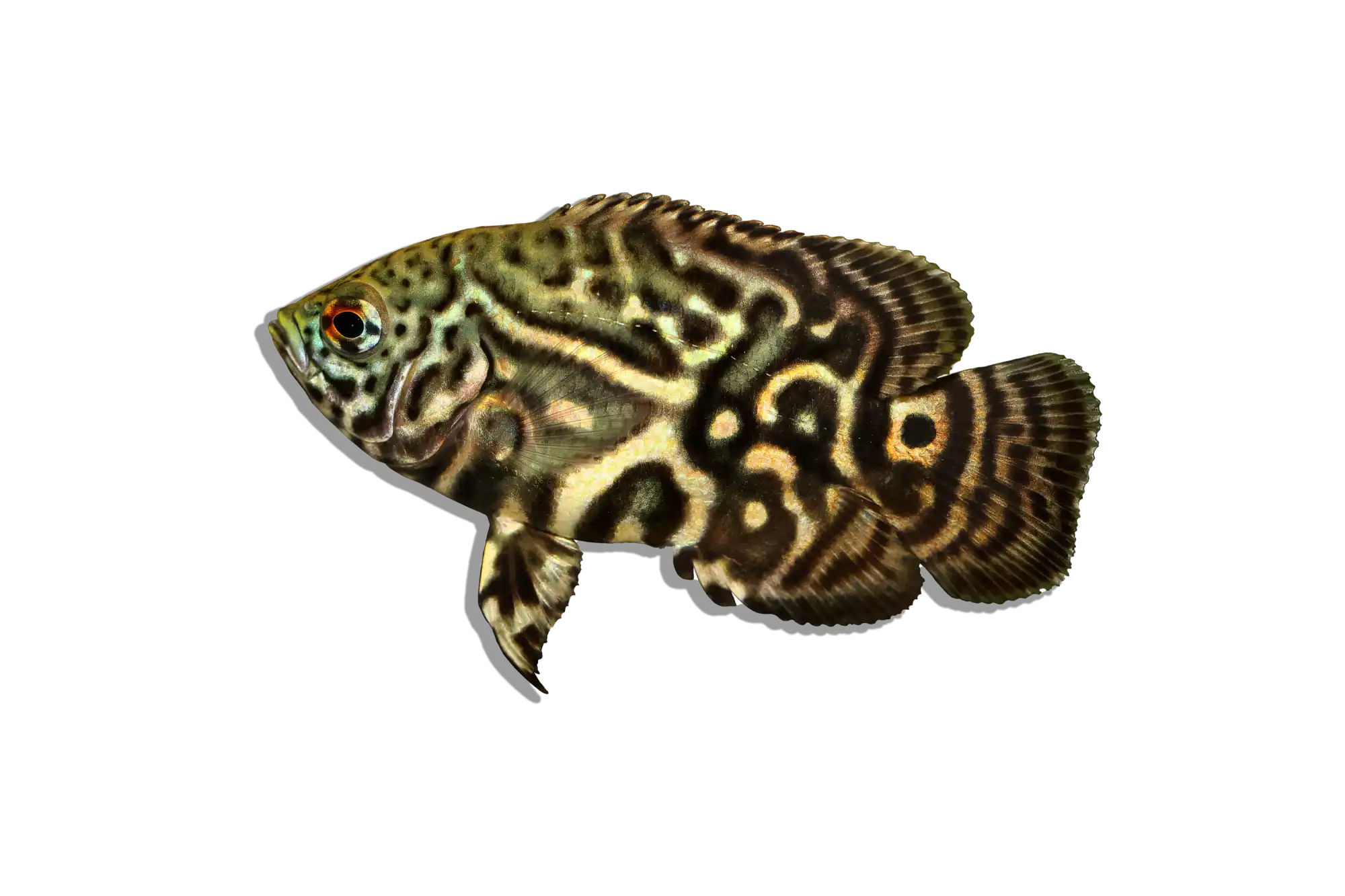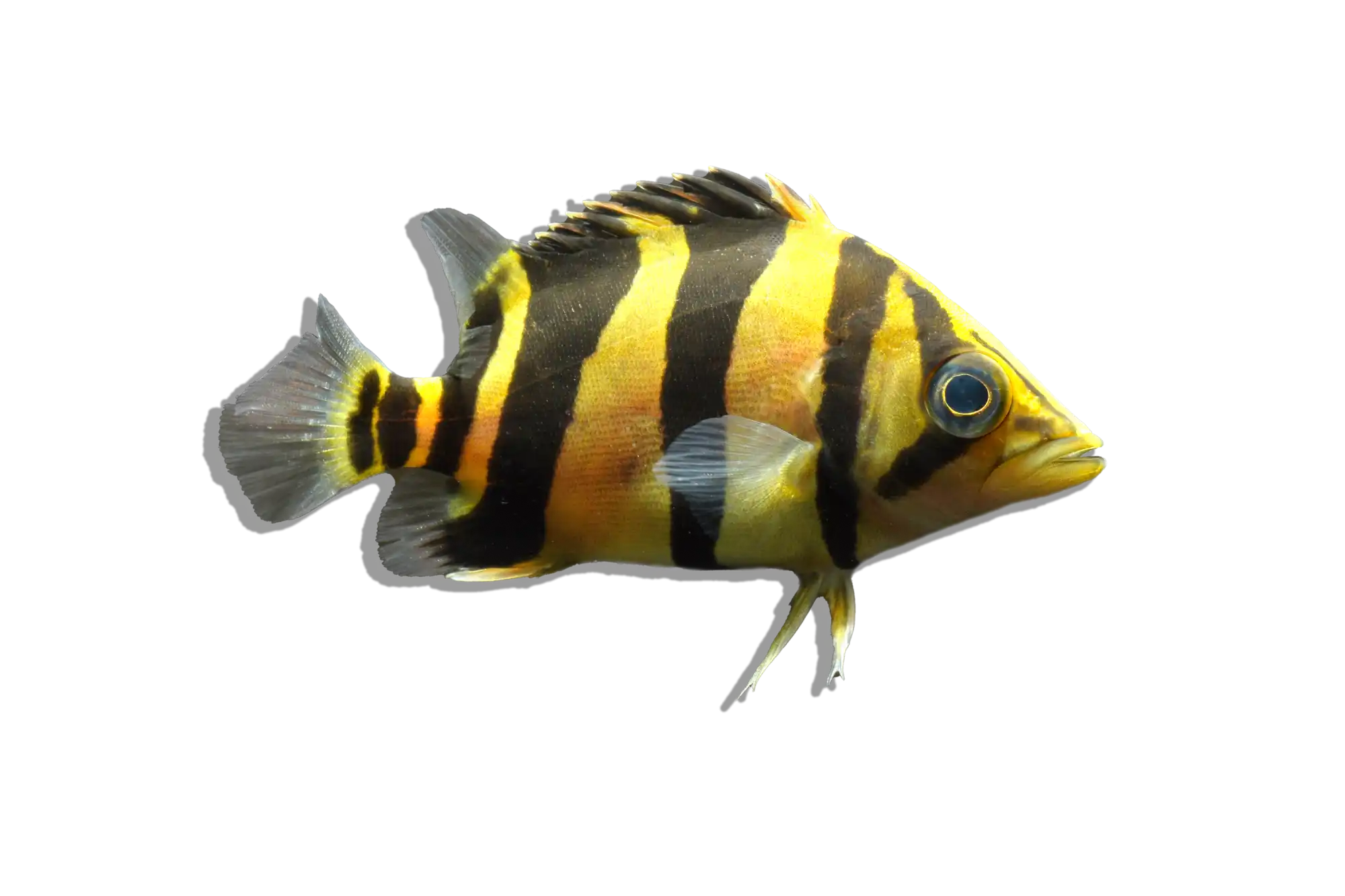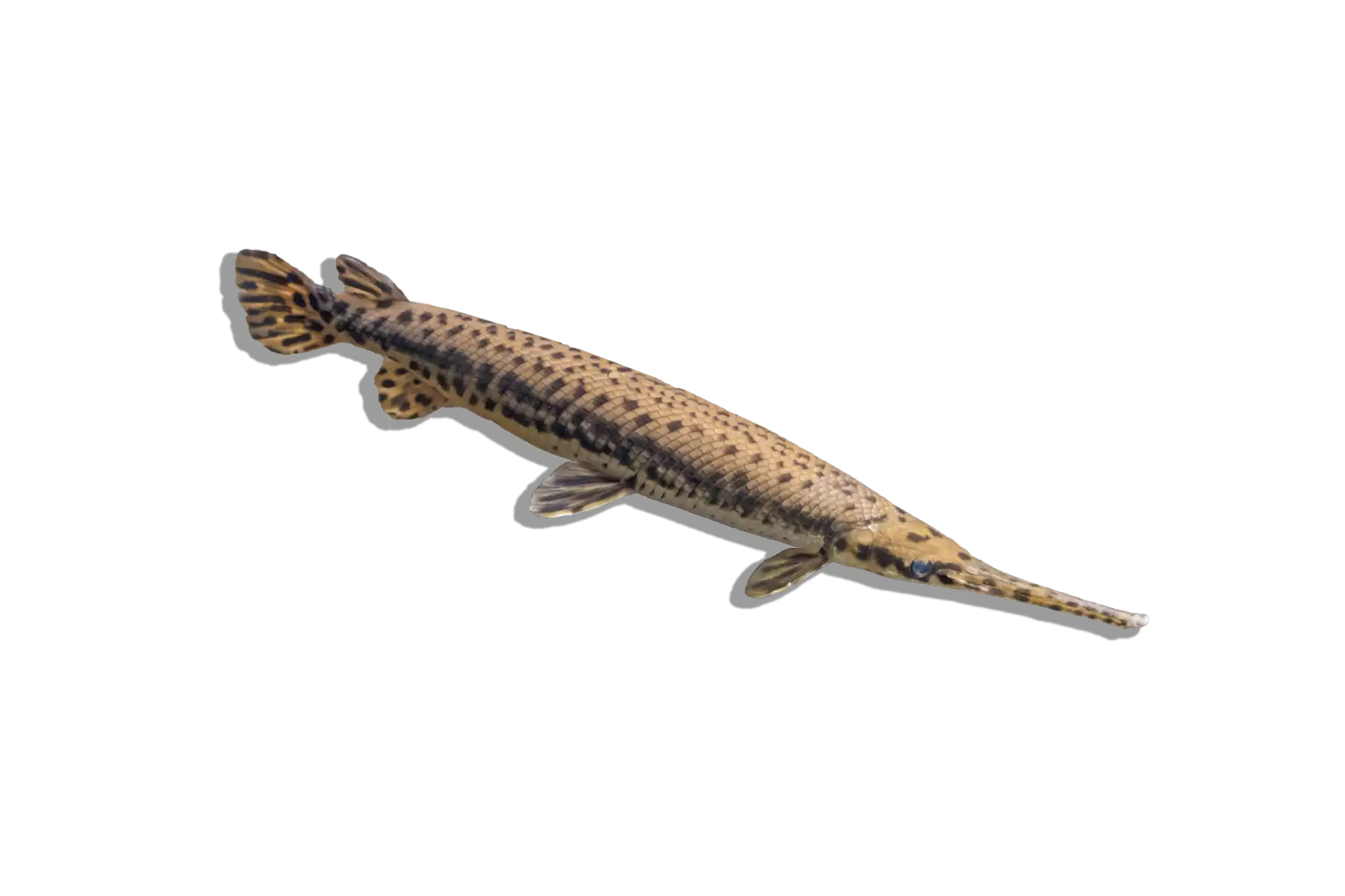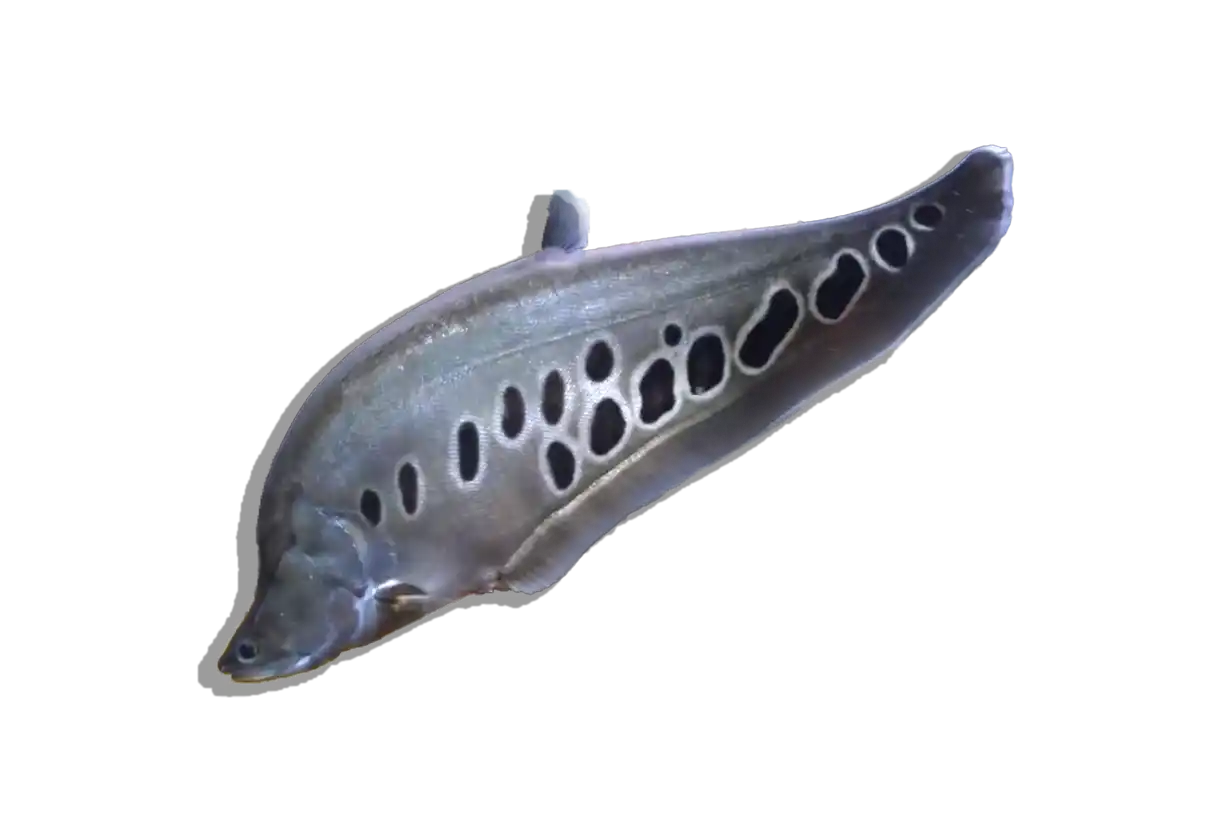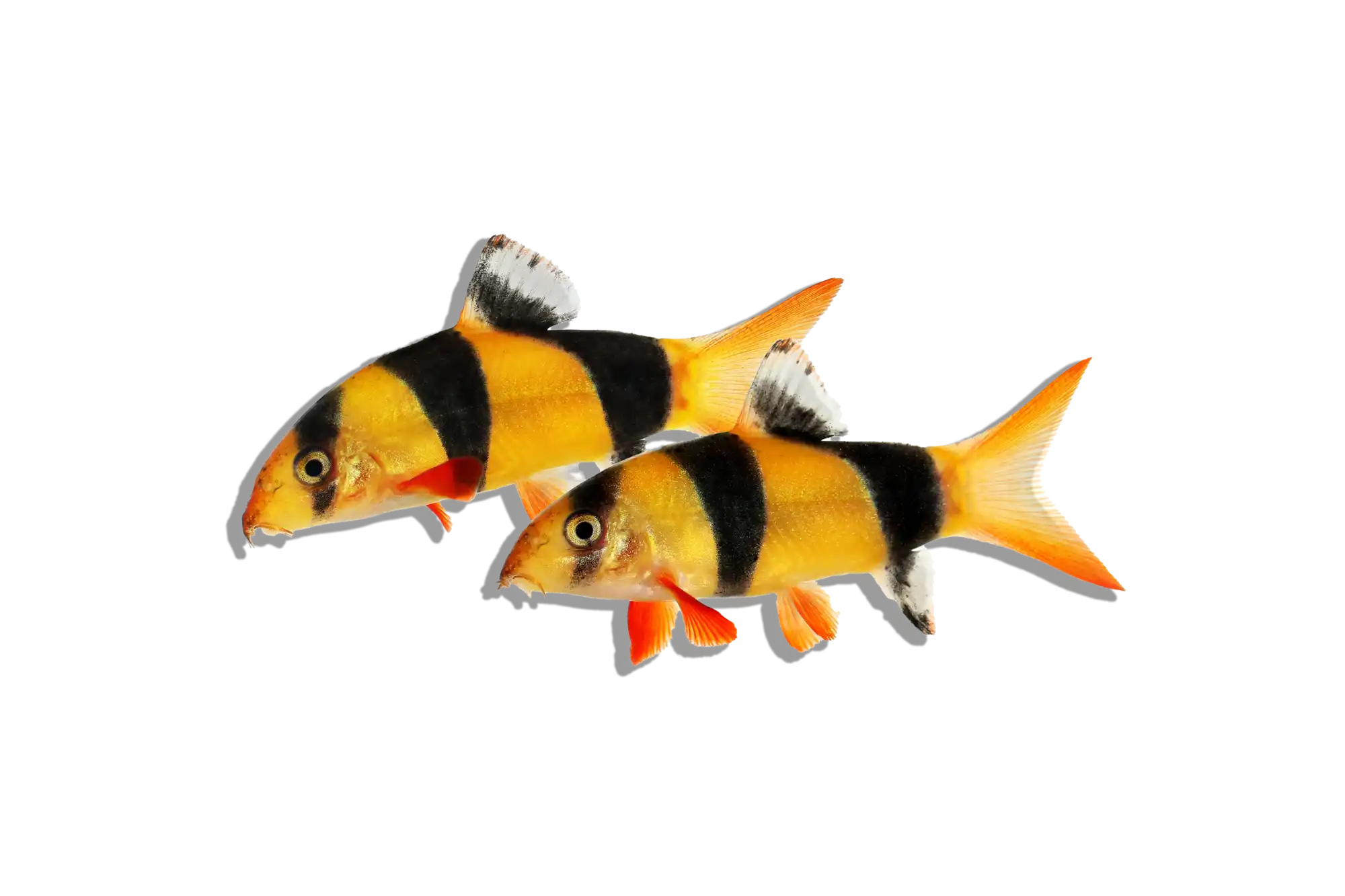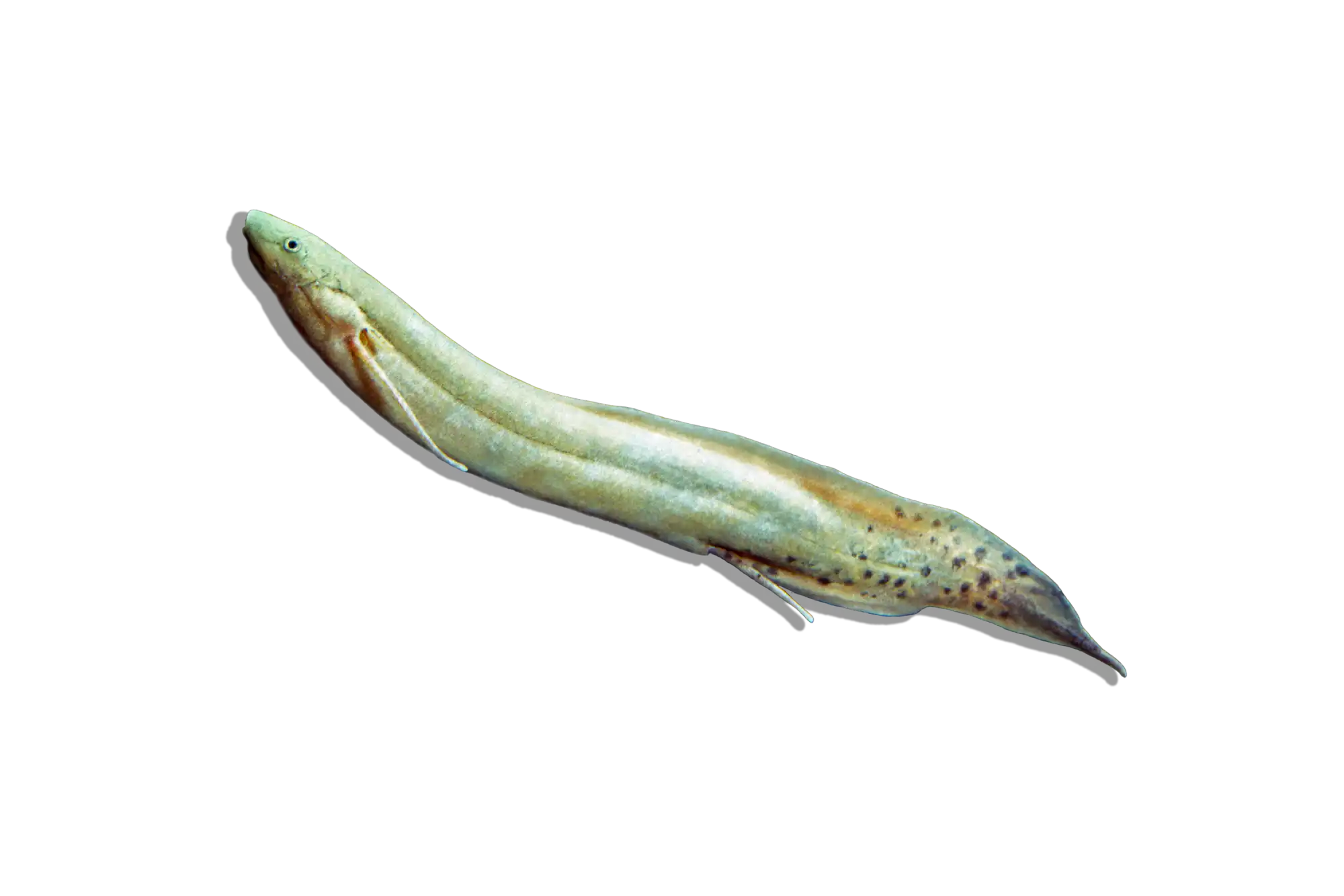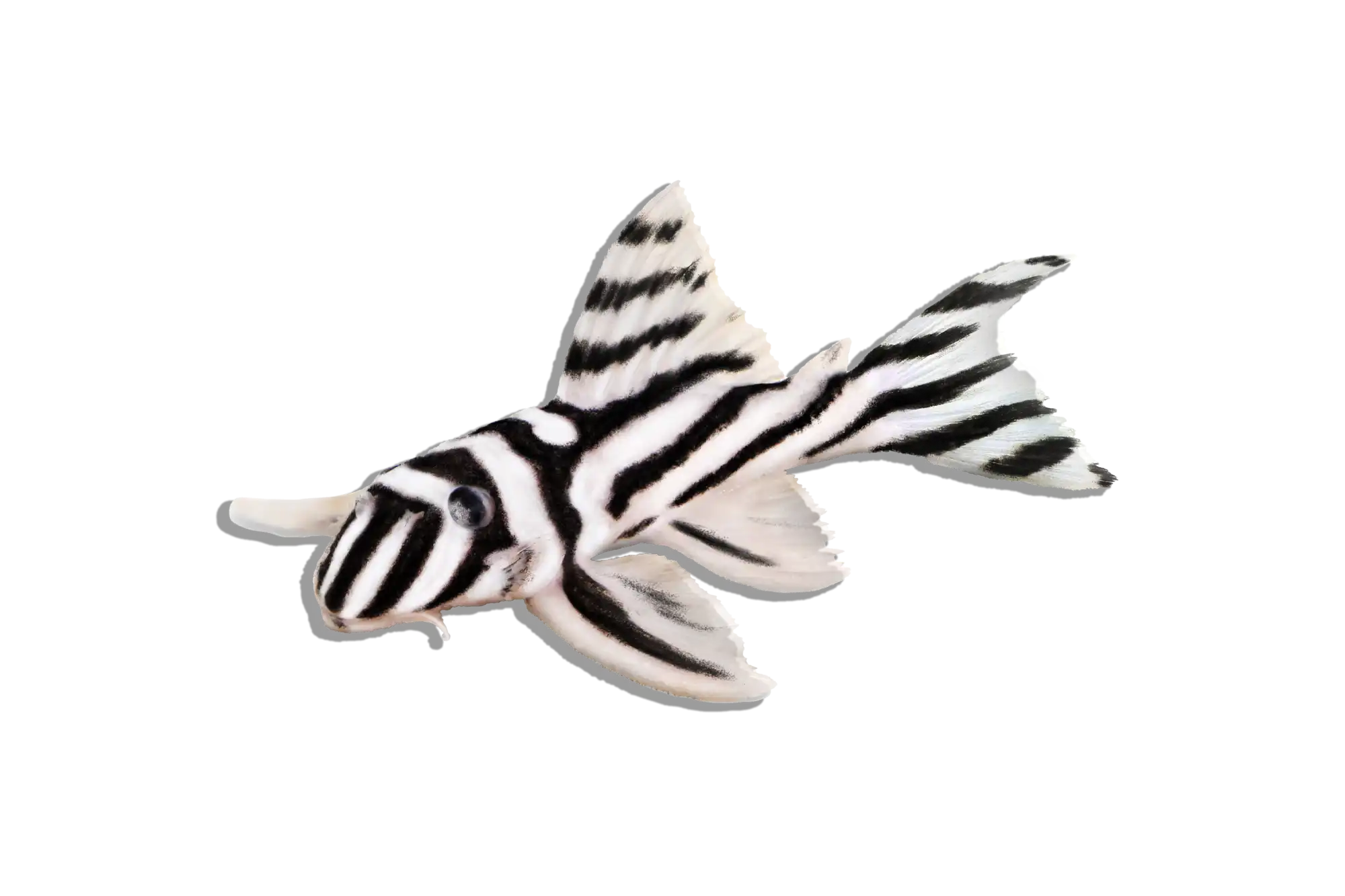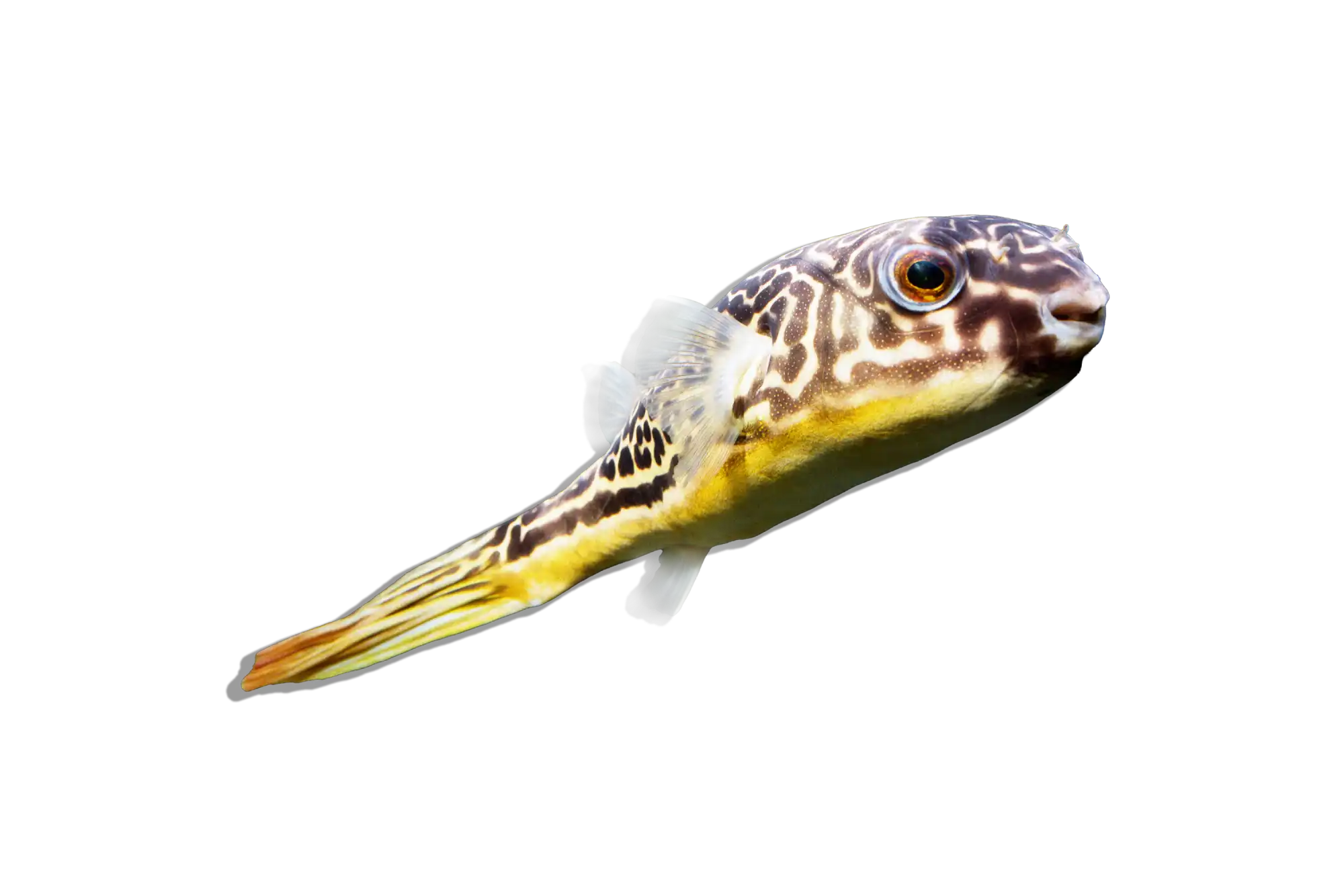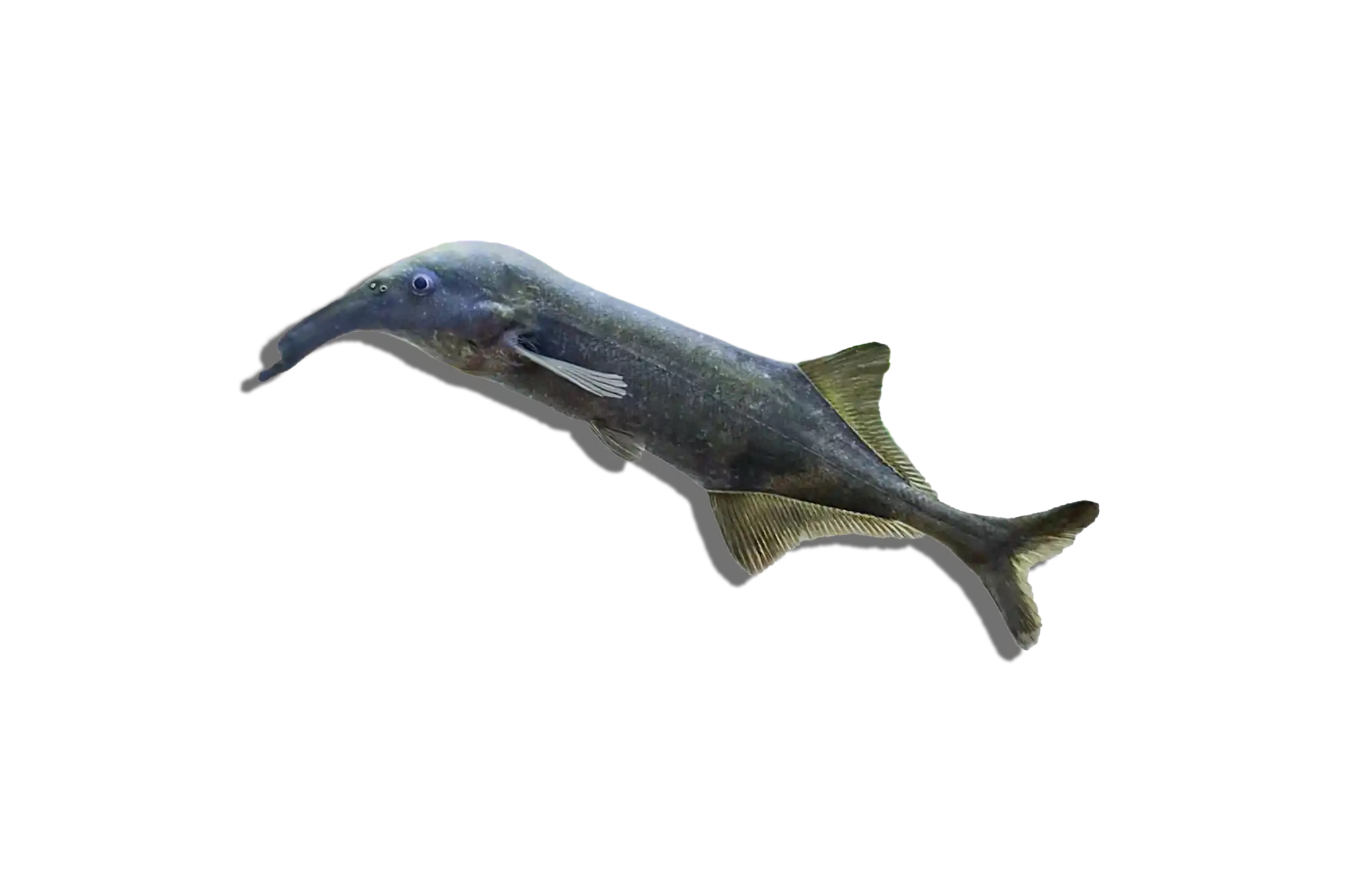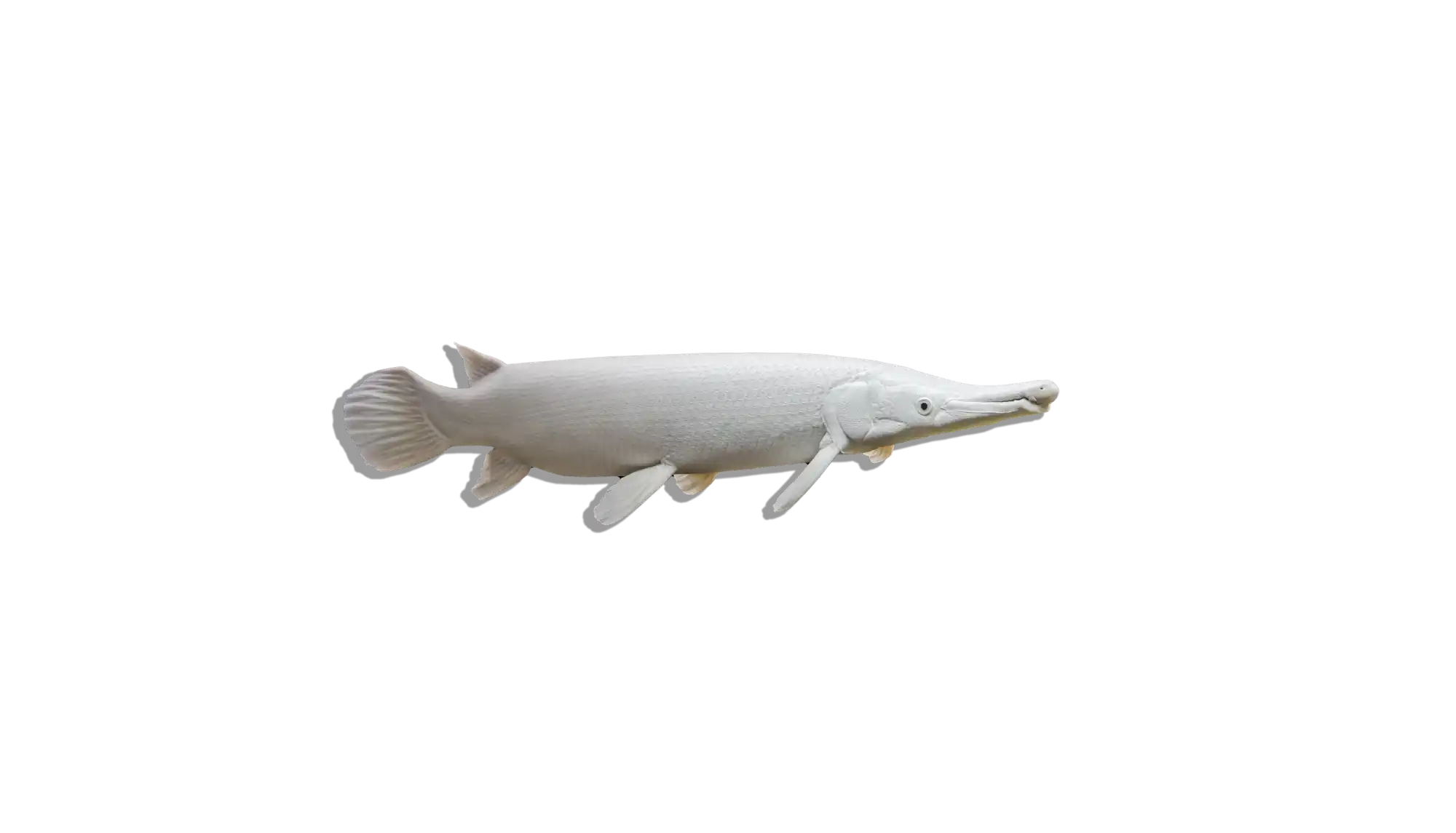Description
Common Name: Robert's Catfish
Scientific Name: Synodontis robertsi
Other Names: Roberts' Synodontis
The Robert’s Catfish is a medium-sized Synodontis species known for its elongated body, distinct spotted pattern, and characteristic upside-down swimming behavior common in the genus. It is a peaceful yet active catfish that thrives in well-structured aquariums with plenty of hiding spaces. Like other Synodontis, it has a set of long, sensitive barbels that help it locate food in low-light conditions.
Habitat and Distribution:
Native to the Congo River Basin in Central Africa, Synodontis robertsi is found in slow-moving rivers and tributaries with submerged logs, rock formations, and sandy or muddy substrates. These waters are typically warm, well-oxygenated, and slightly acidic to neutral. It is often found hiding in crevices or near driftwood during the day, becoming more active at night.
Size and Lifespan:
This species can grow up to 6-7 inches (15-18 cm) in captivity. With proper care, it can live for 10-15 years.
Diet and Behavior:
Robert’s Catfish is an omnivorous scavenger that feeds on insect larvae, crustaceans, algae, and detritus in the wild. In captivity, it thrives on a varied diet of high-quality sinking omnivore pellets, algae wafers, frozen or live foods such as bloodworms, blackworms, and chopped shrimp, as well as occasional vegetable matter like blanched zucchini or peas. It is a nocturnal species but may become more active during the day in a well-established aquarium.
Breeding and Reproduction:
Breeding Synodontis robertsi in captivity is extremely rare, with little documented success. Like other Synodontis species, they are believed to be egg scatterers that spawn in hidden areas, such as caves or crevices. Most individuals in the aquarium trade are wild-caught.
Aquarium Care and Tank Requirements:
A minimum of 55 gallons is required for a single specimen, with a larger tank (75+ gallons) preferred for multiple individuals. Their ideal tank setup includes a fine sand or smooth gravel substrate to protect their barbels, plenty of driftwood, caves, and rock formations for hiding, moderate filtration with high oxygenation, gentle to moderate water flow, and dim to moderate lighting to support their nocturnal habits.
Ideal Tank Mates:
Robert’s Catfish is peaceful and does well in community tanks with other non-aggressive fish. Suitable tank mates include Tetras, Congo Tetras, Larger Rasboras, African Cichlids (Steatocranus, Pelvicachromis), Dwarf Cichlids, and other Synodontis species. Avoid housing them with highly aggressive or overly territorial species.
Difficulty Level:
Intermediate. They require stable water parameters, a well-structured tank environment, and a balanced diet to thrive.
Water Parameters:
- Temperature: 74-82°F (23-28°C)
- pH: 6.5-7.5
- General Hardness (GH): 5-12 dGH
- Carbonate Hardness (KH): 3-8 dKH
- Ammonia: 0 ppm
- Nitrite: 0 ppm
- Nitrate: <20 ppm (regular water changes required)
Additional Information:
- A well-structured tank with hiding spots reduces stress and encourages natural behaviors.
- They may swim upside-down, especially when feeding on surfaces.
- They are best kept in small groups or with similarly sized, peaceful fish.
The Robert’s Catfish is a unique and peaceful Synodontis species that adds character to freshwater aquariums. With proper care, it will be a long-lived and active bottom-dweller.

